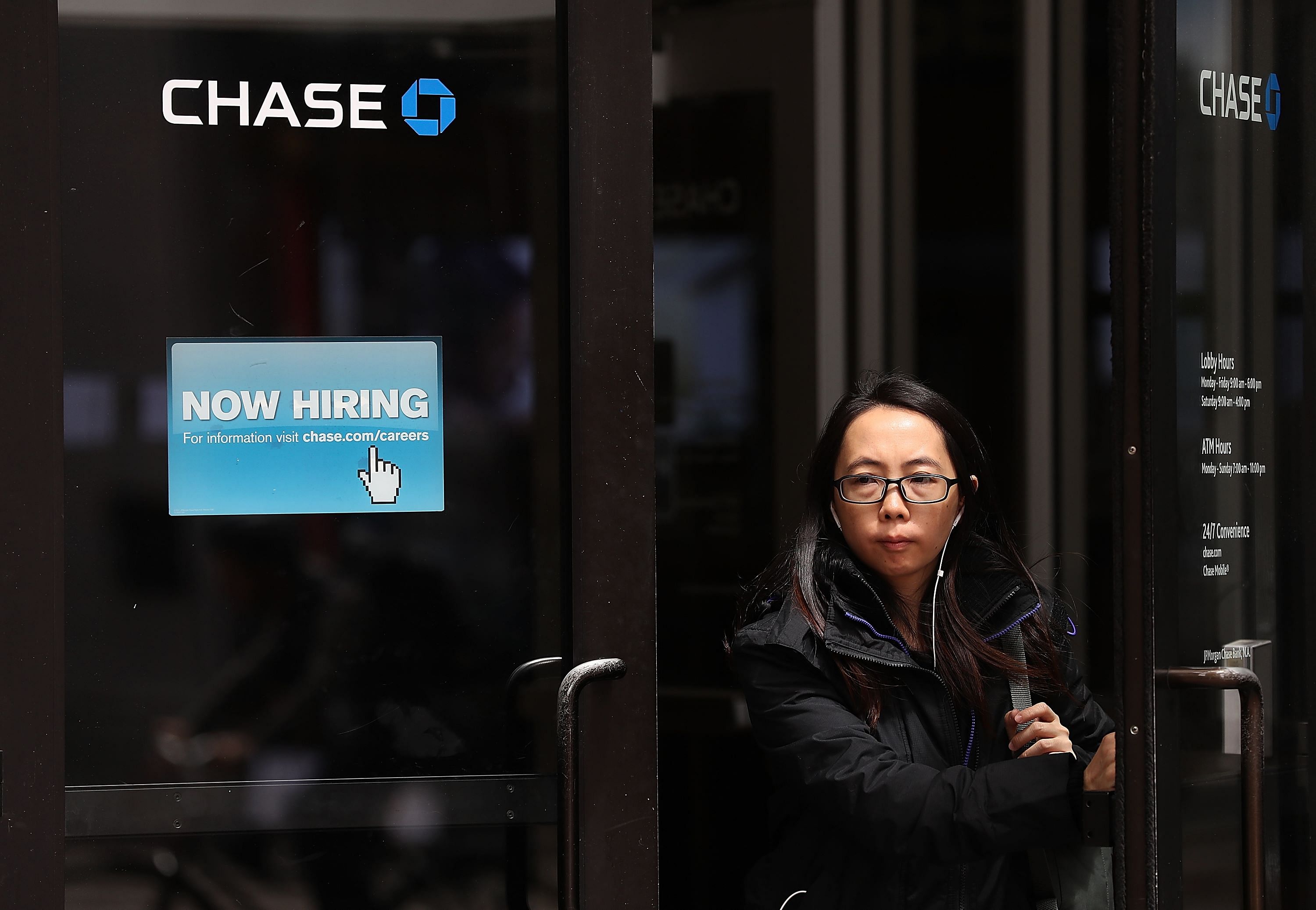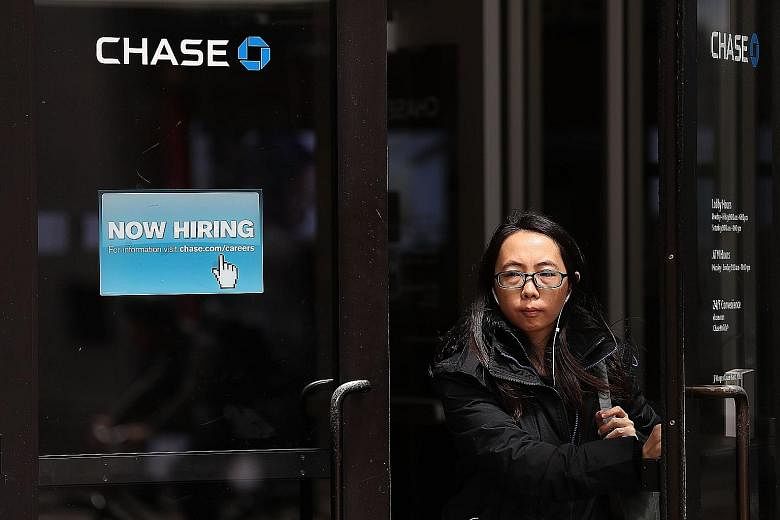The good news is that Britain's vote to leave the European Union in June appears to be positive for Asian equities and bonds.
After a short-lived post-Brexit pullback, shares in the region have rallied more than 10 per cent from the lows in late June, while Asian high-grade and high-yield bond prices have surged to year-to-date highs.
The fund flows out of developed markets, especially Europe, into emerging markets have been gathering momentum since July. Heightened political and economic uncertainty in Europe, especially over concerns of Brexit contagion risk, is driving investors to allocate their investments in higher-growth and higher-yielding countries such as India, Indonesia and the Philippines.
Adding fuel to this are growing doubts on the use of monetary policy in developed economies, while macro fundamentals such as growth and inflation indicators are improving in emerging markets.
As such, Asia stands out as a key beneficiary. Asian equity and credit markets are riding on the supportive drivers of the Federal Reserve's cautious policy stance, a soft United States dollar, positive progress of structural reforms and policy stimulus of Asian central banks.

Despite the robust US jobs numbers, the subdued inflation outlook and lingering weakness in the manufacturing and mining employment suggest that the Fed is likely to stay prudent in its monetary policy.
Our economists expect the Fed would not raise interest rates until the second quarter of next year, underpinning our view that 10-year US Treasury yield will stay at the historically low level of 1.5 per cent by the end of this year.
The headwinds faced by the global economy, linkages between US rates and depressed global yields, and lingering global uncertainties mean that the global hunt for yield will last longer.
STRUCTURAL REFORMS AND ASIAN CENTRAL BANK EASING
Within emerging market equities, we stay overweight on Asian equities with a preference for India, Indonesia and the Philippines, which are the three domestic-driven markets well supported by robust domestic growth, structural reform progress and solid earnings growth.
In Indonesia, President Joko Widodo's recent Cabinet reshuffle reflected his strengthened political power and determination to push through the tax amnesty programme and key fiscal reforms.
India's endorsement of the goods and services tax legislation will significantly improve tax efficiency and support growth recovery.
Asian central banks are armed with ample policy ammunition to introduce monetary and fiscal stimulus to mitigate global uncertainties and support domestic growth.
We expect central banks in China, India, Indonesia, South Korea, Taiwan, Malaysia, Thailand and New Zealand to cut interest rates before the end of this year.
The newly announced Shenzhen-Hong Kong Stock Connect scheme marks another key milestone of capital market liberalisation and yuan internationalisation.
We expect global investors to take advantage of the mutual market access to seek out new investment opportunities among the Shenzhen-listed new economy stocks, particularly in the technology, software and healthcare sectors.
Southbound flows of the scheme will likely benefit undervalued Hong Kong small-cap growth stocks and blue-chip laggards with strong brands that are familiar tomainland investors.
We maintain a neutral view on China equities with a preference for companies offering growth and high-dividend yields.
The slow pace of US interest rate hikes is expected to support performance of Asian high-dividend stocks and high-yield corporate bonds.
Despite recent developments involving Swiber that may undermine the market perception of Singapore as a low-risk safe haven, we continue to see attractive value in Singapore's real estate investment trust and telecommunications sectors.
Worsened asset quality outlook and weakened earnings growth of Singapore banks, however, have prompted us to move our view on the Singapore equity market from overweight to neutral, given that Singapore equities are projected to deliver the most subdued growth within Asean.
For risk-tolerant investors seeking yield in the fixed-income space, Indian and Indonesian bonds offer the most promising opportunities in Asia, thanks to supportive drivers from structural reforms, central bank easing and improving macro fundamentals.
- The writer is managing director and head of investment strategy of Asia at HSBC Private Bank.

